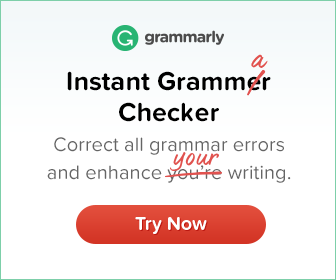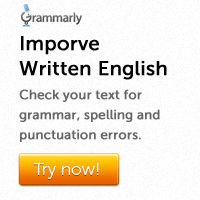Direct and Indirect Objects
Read the sentences given below:
I wrote a story.
She sang a song.
He broke the window.
Here the nouns story, song and window are the objects of the verbs wrote, sang and he respectively.
A verb which has an object is called a transitive verb.
Now read the sentences given below:
The baby cried.
She smiled.
He laughed.
You will have noticed that the verbs cried, smiled and laughed have no objects. A verb which has no object is called an intransitive verb.
Direct and indirect objects
All transitive verbs take an object after them. Some transitive verbs like give, take, make and tell sometimes take two objects – a direct object and an indirect object – after them. The direct object usually refers to a thing and the indirect object refers to a person. Note that when two objects follow a verb, we normally put the indirect object before the direct object.
Structure: subject + verb + indirect object + direct object
This structure is preferred when the indirect object is shorter than the direct object, or when the direct object has to be made prominent.
She told me a story. (Direct object – story, indirect object – me)
I asked him a question. (Direct object – question, indirect object – him)
She gave me a necklace. (Direct object – necklace, indirect object – me)
The President awarded him a gold medal. (Direct object – gold medal, indirect object – him)
The robber dealt the traveler a heavy blow. (Direct object – heavy blow, indirect object – traveler)
We promised our guide a handsome reward. (Direct object – handsome reward, indirect object – guide)
I bade my friends a sad farewell. (Direct object – farewell, indirect object – my friends)
I sent my friend a Christmas present. (Direct object – Christmas present, indirect object – my friend)
It is possible to put the indirect object after the direct object. This structure is preferred when the direct object is shorter than the indirect object, or when the indirect object has to be stressed. Note that in this structure we use the preposition to or for before the indirect object.
Structure: subject + verb + direct object + preposition + indirect object
He distributed sweets to all the boys in the class. (Direct object – sweets, indirect object – all the boys in the class)
I don’t lend my books to anybody. (Direct object – books, indirect object – anybody)
He didn’t show the letter to anybody. (Direct object – letter, indirect object – anybody)
She bought a gift for her mother. (Direct object – gift, indirect object – her mother)
He made coffee for all of us. (Direct object – coffee, indirect object – all of us)

